

































See Also
See Again
© Getty Images
0 / 34 Fotos
Less than 100 years left
- According to some scientists, Tuvalu may be rendered uninhabitable within the next 50 to 100 years or less if sea levels continue to rise at the same rate.
© Getty Images
1 / 34 Fotos
Under danger
- Experts believe that Tuvalu may be the first nation to vanish due to the impacts of climate change.
© Getty Images
2 / 34 Fotos
Nine islands
- The nine islands consist of six sparsely populated atolls and three reef islands, all featuring beautiful palm-fringed beaches.
© Getty Images
3 / 34 Fotos
Small population
- The country's population is limited to approximately 11,000 individuals, residing in an area encompassing less than 10 sq mi (26 sq km). Despite its small size, they have developed a distinct culture and lifestyle.
© Getty Images
4 / 34 Fotos
It’s the fourth-smallest country in the world
- Tuvalu, being smaller than Vatican City, Monaco, and Nauru, has its own currency called the Tuvaluan dollar, while also utilizing the Australian dollar.
© Getty Images
5 / 34 Fotos
Official languages
- According to Britannica, Tuvaluans are Polynesian and speak Tuvaluan, a language closely linked to Samoan. Nonetheless, English is the predominant language taught in schools and commonly used.
© Getty Images
6 / 34 Fotos
Religion
- Most of the population belongs to the Church of Tuvalu, formerly known as the Ellice Islands Protestant Church.
© Getty Images
7 / 34 Fotos
Culture
- According to The Guardian, residents on the island are described as calm and relaxed, casually riding motorbikes along the island roads, taking afternoon naps in hammocks, and cooking fish over beach campfires at night.
© Getty Images
8 / 34 Fotos
Sports
- Sports are a significant part of the everyday life in Tuvalu. When there aren't any planes, the youth engage in activities like cycling, volleyball, basketball, and soccer on the airstrip.
© Getty Images
9 / 34 Fotos
A seeming paradise
- You can bask in the beauty of sandy beaches surrounded by turquoise waters and lush coconut trees, while experiencing an average daily temperature of 80-85°F (27-29°C).
© Getty Images
10 / 34 Fotos
World War II sites
- During World War II, the US military formed "borrow pits" for constructing an airstrip, resulting in lasting marks on the terrain. Over time, these hollow areas were replenished with sand and transformed into residential areas.
© Getty Images
11 / 34 Fotos
In the British Commonwealth
- Tuvalu is a sovereign island country in the British Commonwealth. In this picture, you can see the late Queen Elizabeth II during her 1982 visit.
© Getty Images
12 / 34 Fotos
Still has a relationship with the monarchy
- Prince William and Kate Middleton visited Tuvalu in 2012. This photo shows them enjoying coconut milk from a tree the late Queen planted 40 years earlier.
© Getty Images
13 / 34 Fotos
Capital city
- Funafuti, the capital of Tuvalu, is a small coral atoll hosting the airport. With a maximum elevation of only 15 feet (4.5 meters) above sea level, about one-third of the population resides in Funafuti.
© Getty Images
14 / 34 Fotos
Diving and snorkelling
- The Funafuti Conservation Area, situated near the capital, provides a serene environment for diving and snorkelling, allowing interaction with sea turtles and tropical fish.
© Getty Images
15 / 34 Fotos
Birdwatching
- There are also numerous deserted islets that are home to beautiful sea birds.
© Getty Images
16 / 34 Fotos
Agriculture
- Coconut palms flourish in Tuvalu, along with breadfruit trees, pandanus, taro, and bananas. The islanders also raise pigs and chickens, while fish and shellfish are caught for sustenance.
© Getty Images
17 / 34 Fotos
Climate change
- The United Nations Development Programme has classified the low-lying nation as "extremely vulnerable" to climate change.
© Getty Images
18 / 34 Fotos
Alarming rise in sea levels
- The stunning island country is facing challenges in managing the effects of climate change, particularly the increasing sea levels of 0.2 in (5 mm) per year since 1993, surpassing the global average.
© Getty Images
19 / 34 Fotos
Crop damage and flooding
- The saltwater intrusion caused by rising sea levels is harming important crops, such as taro and cassava, as it infiltrates the coral atoll on the mainland, damaging plantations.
© Getty Images
20 / 34 Fotos
Damaging self-sufficiency
- The saline water contaminates the fragile soil, posing challenges to crop cultivation and escalating dependence on costly imports for the Tuvaluans.
© Getty Images
21 / 34 Fotos
Flooding
- Flooding in low-lying areas of the nation is being caused by rising sea levels, occurring during high tides and storm surges. These floods pose a threat to homes and block access to the airport runway.
© Getty Images
22 / 34 Fotos
Additional negative effects of climate change
- The increasing temperatures, along with the rising sea levels, endanger the country. The coral atolls and islands on the coasts are experiencing erosion, causing the already limited land to diminish.
© Getty Images
23 / 34 Fotos
More stormy weather
- Predictions suggest that climate change will lead to increased severity of cyclones and droughts, worsening wave erosion.
© Getty Images
24 / 34 Fotos
More storms forecasted
- The island's erosion is exacerbated by the sea engulfing trees, thereby amplifying flood risks and erosion.
© Getty Images
25 / 34 Fotos
Coral bleaching
- The coral reefs near Tuvalu are also experiencing coral bleaching due to increasing temperatures. This can harm the reef fish that consume microalgae released by the bleached coral. As a result, people who eat these fish may become seriously ill.
© Getty Images
26 / 34 Fotos
Restricted water resources
- Tuvalu used to rely solely on rain catchment and wells for freshwater, but due to the intrusion of the rising ocean, groundwater sources were contaminated. As a result, Tuvalu now depends entirely on rainwater stored in large tanks. Unfortunately, climate change is causing more frequent droughts.
© Getty Images
27 / 34 Fotos
Still leading the climate change fight
- In a bid to reduce pollution and serve as a role model for larger countries, four outlying islands have already achieved 97% dependence on solar energy. The government aims to achieve 100% renewable energy from wind and solar by 2025.
© Getty Images
28 / 34 Fotos
Possible ideas
- Tuvalu is said to be contemplating the construction of an artificial island in the southern region of Fongafale. The aim is to dredge and restore land, elevating it by 33 ft (10 m) above sea level, and utilize the area for high-density housing. Although the estimated cost of this initiative is around US$300 million, no funding currently exists.
© Getty Images
29 / 34 Fotos
Evacuation due to climate change displacements
- But Enele Sopoaga, former prime minister of Tuvalu, disagrees with this "defeatist" mindset. He insists that the government is focused on adapting to the evolving climate patterns to remain resilient.
© Getty Images
30 / 34 Fotos
There is talk of evacuation as climate change refugees
- According to reports, Fiji has made an offer to the Tuvaluan government to relocate their population 745 mi (1,200 km) south, but Tuvalu has not yet accepted. Former Australian prime minister Kevin Rudd proposed granting Tuvalu's citizens full citizenship in return for their country's maritime and fisheries rights. However, Sopoaga dismissed this proposal, referring to it as "imperial thinking."
© Getty Images
31 / 34 Fotos
Some are travelling to New Zealand
- New Zealand has seen a rising influx of Tuvaluans as more young people are accepting and embracing migration.
© Getty Images
32 / 34 Fotos
A lot at stake
- A significant portion of elderly individuals are hesitant to relocate due to concerns about losing their sense of self, cultural values, way of life, and customary practices. Sources: (Britannica) (The Guardian) See also: The world's largest artificial islands
© Getty Images
33 / 34 Fotos
© Getty Images
0 / 34 Fotos
Less than 100 years left
- According to some scientists, Tuvalu may be rendered uninhabitable within the next 50 to 100 years or less if sea levels continue to rise at the same rate.
© Getty Images
1 / 34 Fotos
Under danger
- Experts believe that Tuvalu may be the first nation to vanish due to the impacts of climate change.
© Getty Images
2 / 34 Fotos
Nine islands
- The nine islands consist of six sparsely populated atolls and three reef islands, all featuring beautiful palm-fringed beaches.
© Getty Images
3 / 34 Fotos
Small population
- The country's population is limited to approximately 11,000 individuals, residing in an area encompassing less than 10 sq mi (26 sq km). Despite its small size, they have developed a distinct culture and lifestyle.
© Getty Images
4 / 34 Fotos
It’s the fourth-smallest country in the world
- Tuvalu, being smaller than Vatican City, Monaco, and Nauru, has its own currency called the Tuvaluan dollar, while also utilizing the Australian dollar.
© Getty Images
5 / 34 Fotos
Official languages
- According to Britannica, Tuvaluans are Polynesian and speak Tuvaluan, a language closely linked to Samoan. Nonetheless, English is the predominant language taught in schools and commonly used.
© Getty Images
6 / 34 Fotos
Religion
- Most of the population belongs to the Church of Tuvalu, formerly known as the Ellice Islands Protestant Church.
© Getty Images
7 / 34 Fotos
Culture
- According to The Guardian, residents on the island are described as calm and relaxed, casually riding motorbikes along the island roads, taking afternoon naps in hammocks, and cooking fish over beach campfires at night.
© Getty Images
8 / 34 Fotos
Sports
- Sports are a significant part of the everyday life in Tuvalu. When there aren't any planes, the youth engage in activities like cycling, volleyball, basketball, and soccer on the airstrip.
© Getty Images
9 / 34 Fotos
A seeming paradise
- You can bask in the beauty of sandy beaches surrounded by turquoise waters and lush coconut trees, while experiencing an average daily temperature of 80-85°F (27-29°C).
© Getty Images
10 / 34 Fotos
World War II sites
- During World War II, the US military formed "borrow pits" for constructing an airstrip, resulting in lasting marks on the terrain. Over time, these hollow areas were replenished with sand and transformed into residential areas.
© Getty Images
11 / 34 Fotos
In the British Commonwealth
- Tuvalu is a sovereign island country in the British Commonwealth. In this picture, you can see the late Queen Elizabeth II during her 1982 visit.
© Getty Images
12 / 34 Fotos
Still has a relationship with the monarchy
- Prince William and Kate Middleton visited Tuvalu in 2012. This photo shows them enjoying coconut milk from a tree the late Queen planted 40 years earlier.
© Getty Images
13 / 34 Fotos
Capital city
- Funafuti, the capital of Tuvalu, is a small coral atoll hosting the airport. With a maximum elevation of only 15 feet (4.5 meters) above sea level, about one-third of the population resides in Funafuti.
© Getty Images
14 / 34 Fotos
Diving and snorkelling
- The Funafuti Conservation Area, situated near the capital, provides a serene environment for diving and snorkelling, allowing interaction with sea turtles and tropical fish.
© Getty Images
15 / 34 Fotos
Birdwatching
- There are also numerous deserted islets that are home to beautiful sea birds.
© Getty Images
16 / 34 Fotos
Agriculture
- Coconut palms flourish in Tuvalu, along with breadfruit trees, pandanus, taro, and bananas. The islanders also raise pigs and chickens, while fish and shellfish are caught for sustenance.
© Getty Images
17 / 34 Fotos
Climate change
- The United Nations Development Programme has classified the low-lying nation as "extremely vulnerable" to climate change.
© Getty Images
18 / 34 Fotos
Alarming rise in sea levels
- The stunning island country is facing challenges in managing the effects of climate change, particularly the increasing sea levels of 0.2 in (5 mm) per year since 1993, surpassing the global average.
© Getty Images
19 / 34 Fotos
Crop damage and flooding
- The saltwater intrusion caused by rising sea levels is harming important crops, such as taro and cassava, as it infiltrates the coral atoll on the mainland, damaging plantations.
© Getty Images
20 / 34 Fotos
Damaging self-sufficiency
- The saline water contaminates the fragile soil, posing challenges to crop cultivation and escalating dependence on costly imports for the Tuvaluans.
© Getty Images
21 / 34 Fotos
Flooding
- Flooding in low-lying areas of the nation is being caused by rising sea levels, occurring during high tides and storm surges. These floods pose a threat to homes and block access to the airport runway.
© Getty Images
22 / 34 Fotos
Additional negative effects of climate change
- The increasing temperatures, along with the rising sea levels, endanger the country. The coral atolls and islands on the coasts are experiencing erosion, causing the already limited land to diminish.
© Getty Images
23 / 34 Fotos
More stormy weather
- Predictions suggest that climate change will lead to increased severity of cyclones and droughts, worsening wave erosion.
© Getty Images
24 / 34 Fotos
More storms forecasted
- The island's erosion is exacerbated by the sea engulfing trees, thereby amplifying flood risks and erosion.
© Getty Images
25 / 34 Fotos
Coral bleaching
- The coral reefs near Tuvalu are also experiencing coral bleaching due to increasing temperatures. This can harm the reef fish that consume microalgae released by the bleached coral. As a result, people who eat these fish may become seriously ill.
© Getty Images
26 / 34 Fotos
Restricted water resources
- Tuvalu used to rely solely on rain catchment and wells for freshwater, but due to the intrusion of the rising ocean, groundwater sources were contaminated. As a result, Tuvalu now depends entirely on rainwater stored in large tanks. Unfortunately, climate change is causing more frequent droughts.
© Getty Images
27 / 34 Fotos
Still leading the climate change fight
- In a bid to reduce pollution and serve as a role model for larger countries, four outlying islands have already achieved 97% dependence on solar energy. The government aims to achieve 100% renewable energy from wind and solar by 2025.
© Getty Images
28 / 34 Fotos
Possible ideas
- Tuvalu is said to be contemplating the construction of an artificial island in the southern region of Fongafale. The aim is to dredge and restore land, elevating it by 33 ft (10 m) above sea level, and utilize the area for high-density housing. Although the estimated cost of this initiative is around US$300 million, no funding currently exists.
© Getty Images
29 / 34 Fotos
Evacuation due to climate change displacements
- But Enele Sopoaga, former prime minister of Tuvalu, disagrees with this "defeatist" mindset. He insists that the government is focused on adapting to the evolving climate patterns to remain resilient.
© Getty Images
30 / 34 Fotos
There is talk of evacuation as climate change refugees
- According to reports, Fiji has made an offer to the Tuvaluan government to relocate their population 745 mi (1,200 km) south, but Tuvalu has not yet accepted. Former Australian prime minister Kevin Rudd proposed granting Tuvalu's citizens full citizenship in return for their country's maritime and fisheries rights. However, Sopoaga dismissed this proposal, referring to it as "imperial thinking."
© Getty Images
31 / 34 Fotos
Some are travelling to New Zealand
- New Zealand has seen a rising influx of Tuvaluans as more young people are accepting and embracing migration.
© Getty Images
32 / 34 Fotos
A lot at stake
- A significant portion of elderly individuals are hesitant to relocate due to concerns about losing their sense of self, cultural values, way of life, and customary practices. Sources: (Britannica) (The Guardian) See also: The world's largest artificial islands
© Getty Images
33 / 34 Fotos
The first country impacted by climate change
The stunning island country of Tuvalu is close to vanishing into the ocean
© Getty Images
One of the world's most naturally beautiful countries in the world is also one of the least visited. However, many of us may never have the chance to visit this nation before it vanishes. Tuvalu is an island country located in the west-central Pacific Ocean, approximately halfway between Australia and Hawaii. It is a coral atoll nation, characterized by a ring-shaped coral reef surrounding a lagoon, with islands spread along its rim. Despite being a stunning oasis, Tuvalu faces the imminent threat of disappearing into the ocean.
To learn more about the people, the culture, and the challenges facing this unique community, click through the gallery.
RECOMMENDED FOR YOU


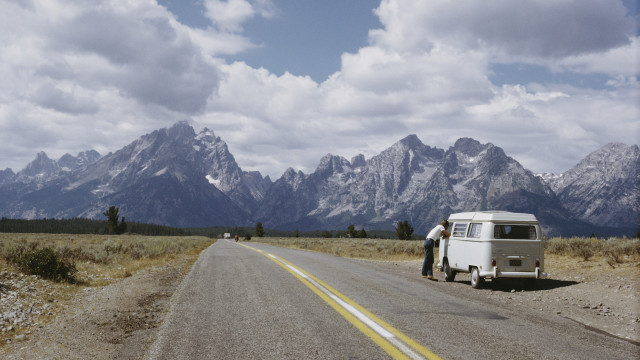

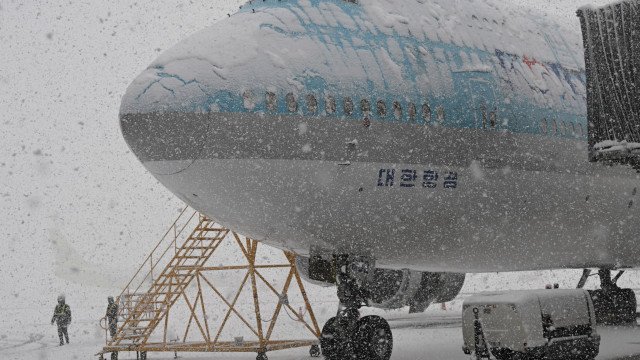
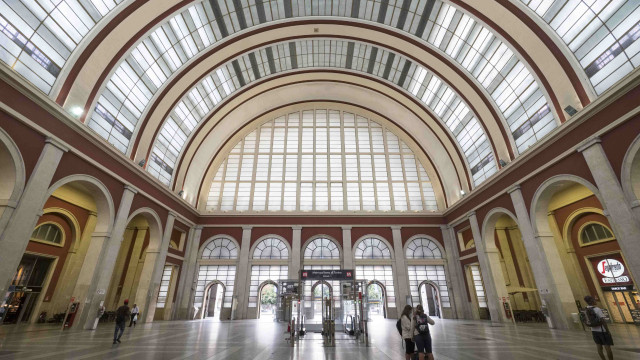
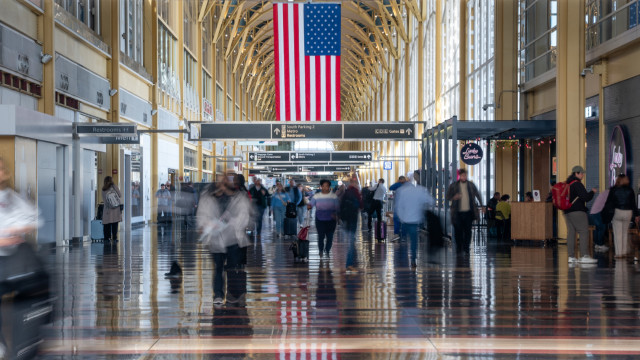
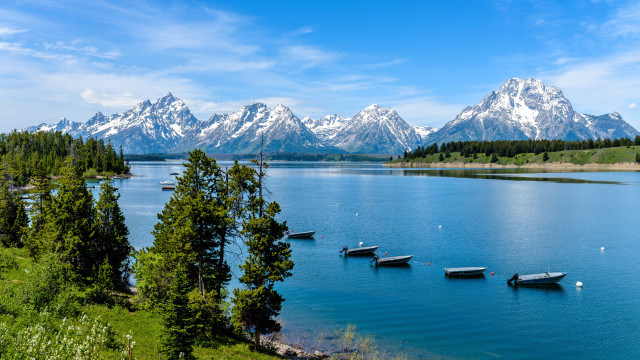




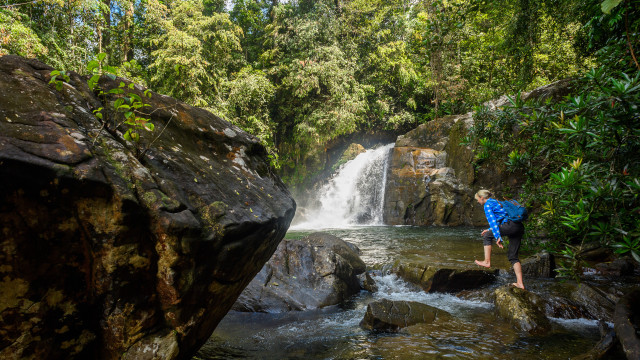


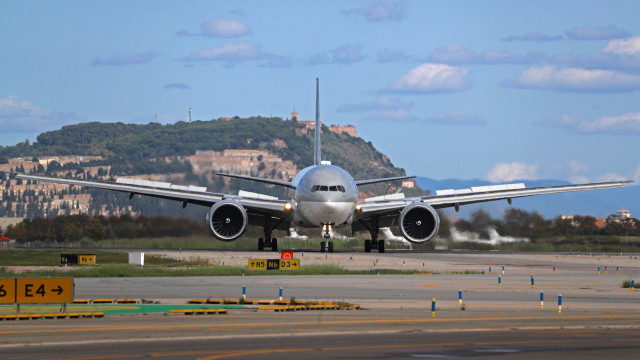






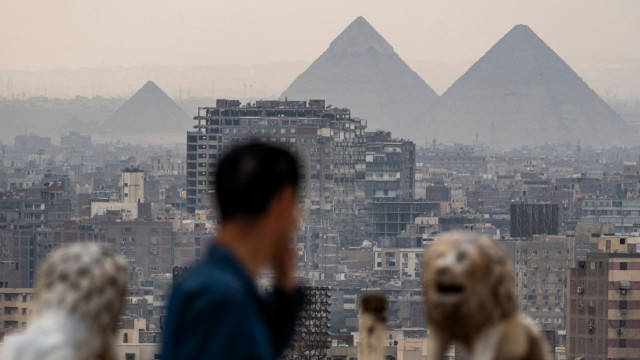
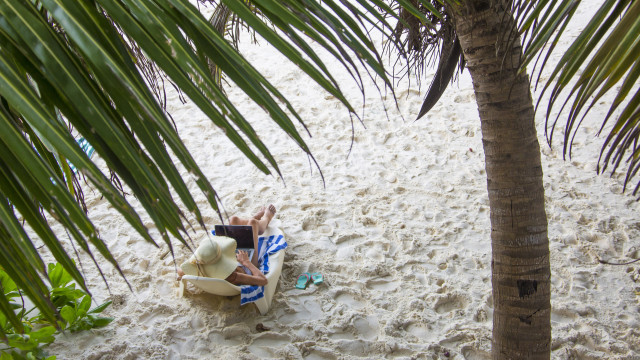
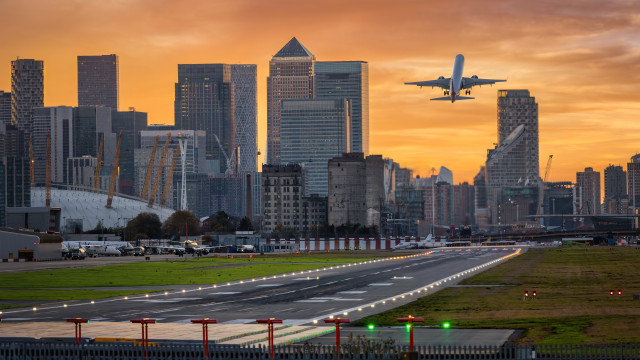
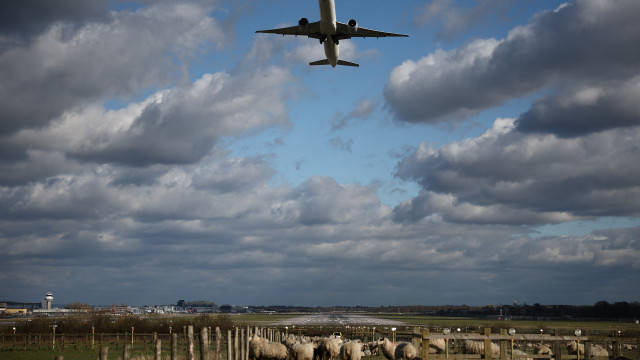



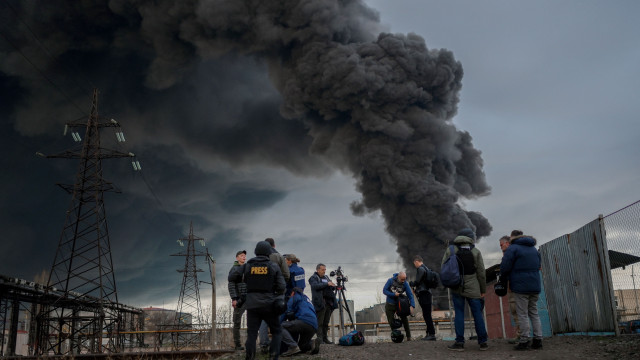
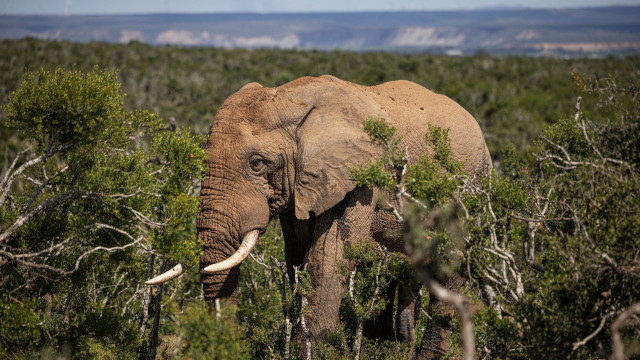

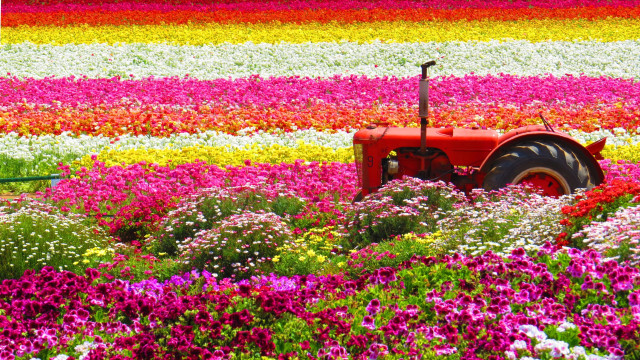



MOST READ
- Last Hour
- Last Day
- Last Week








